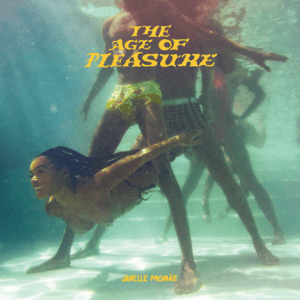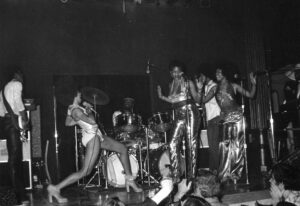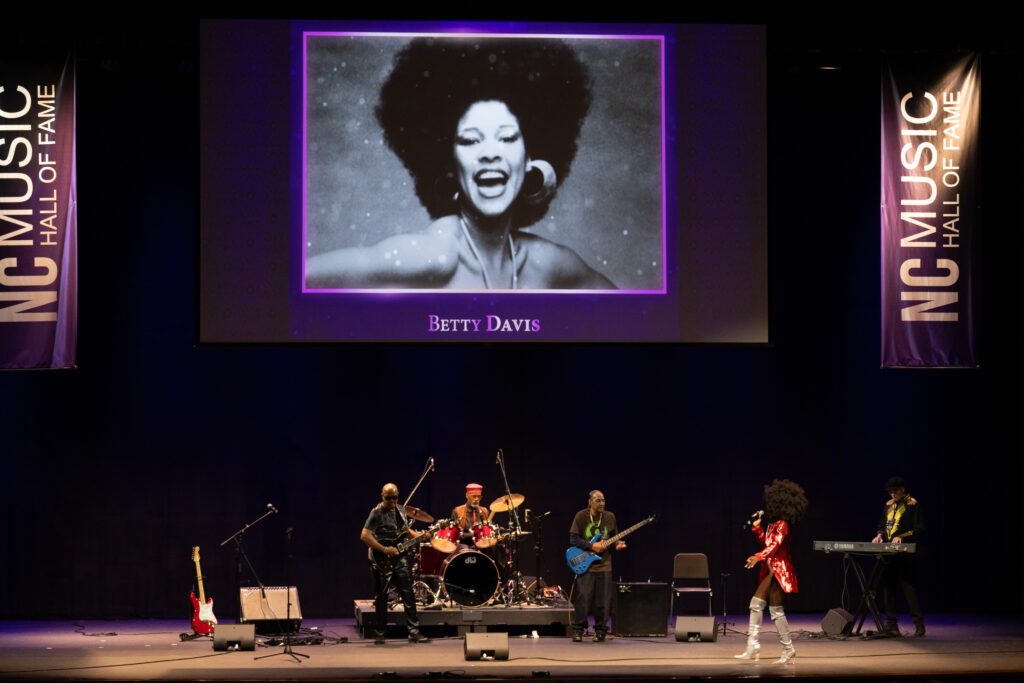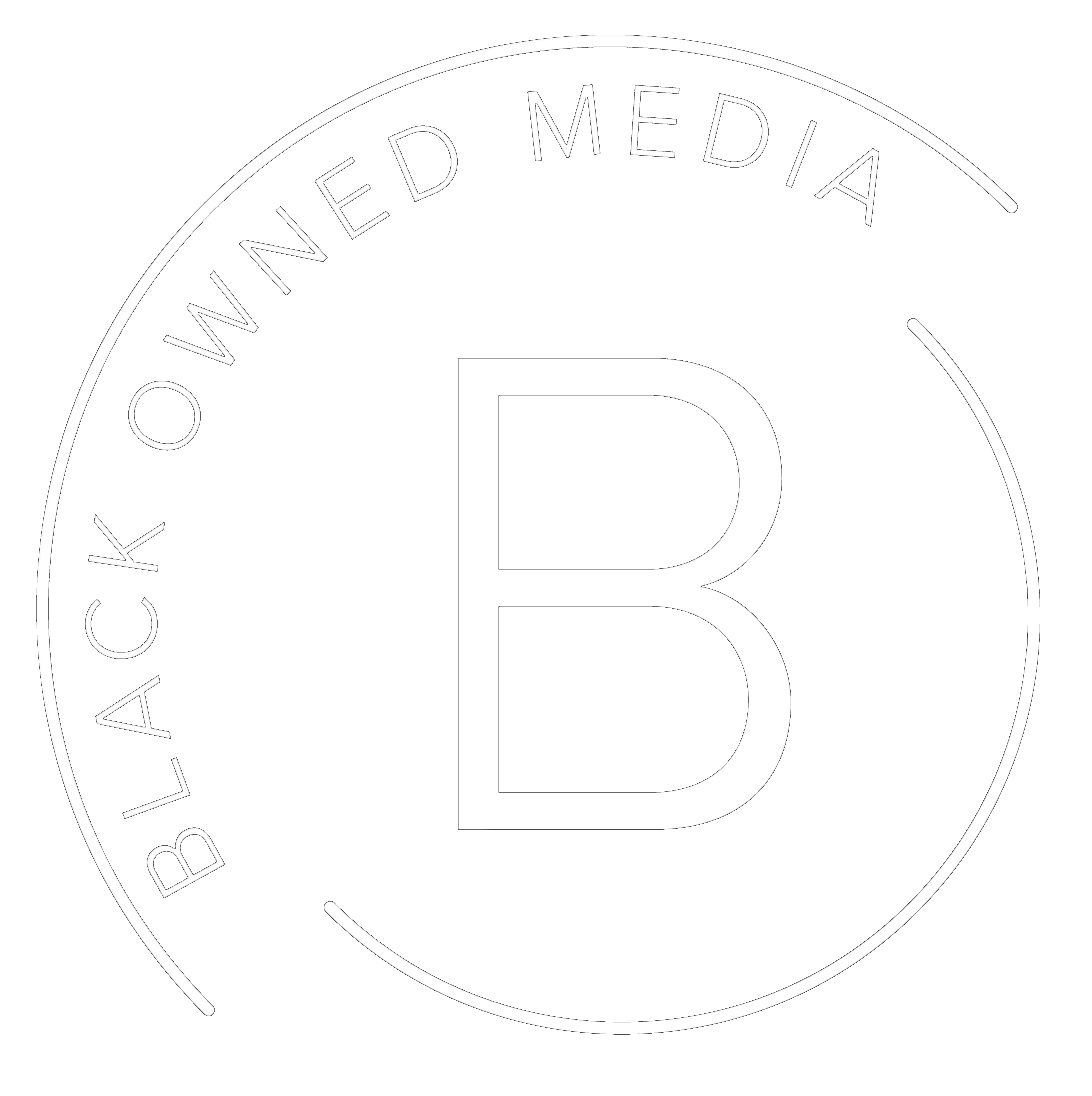Latoya Elle explores Betty Davis, the funk icon who broke gender barriers, championing women’s liberation through music.
Known for trailblazing a path for artists such as Prince and Madonna, Disco/Rock/Funk artist Betty Davis is now a part of North Carolina’s Music Hall of Fame.
“Long time coming, it’s been a long time coming,” Garry Percell says, a Funkhouse band member, a few hours before the 2023 North Carolina Music Hall of Fame induction ceremony held in Mooresville, N.C.
Percell is one of five band members who perform Davis’ songs across America.
“After 55-60 years of playing music, to be inducted in the N.C. Music Hall of Fame, it’s a tremendous honour because I feel like I’m given something back after all of the services I’ve put into music,” says Larry Johnson, one of two original members from Davis’ Funkhouse band, with Semmie (Nickey) Neal.
Born in Durham, North Carolina, Davis was first introduced to Blues and Soul through her grandmother. Inspired by the art form, she quickly became a young songwriter, known for writing lengthy songs. At 16-years-old Davis packed her bags and headed to New York City to attend fashion school. It was there she began to pursue her passion for music professionally. By 1964, she had developed her craft and released raunchy Funk-Rock music.
As the 1970’s approached, people viewed Davis’ reputation as controversial due to her sensual lyrics, provocative performance style and gritty voice. These elements would catch some audience members by surprise. Davis’ image challenged the patriarchal conservative norms in the middle of the civil rights movement. While society wanted to ensure that Black women were viewed as poised, modest, and submissive, Davis shamelessly sang about sexual liberation on stage.
“I used to beat him with a turquoise chain, yeah
When I was his woman
I pleased him, I’d lead him to the tip
When I was his mistress
Ooh-ooh, I gave him cheap thrills
When I was his princess
Silk and satin and lace, I’d wear for him
He was a big freak!“
He Was a Big Freak by Betty Davis
Davis would boldly straddle nearby objects in knee-high shiny boots, mini shorts and tube tops during her performances.
Davis was considered “ahead of her time” due to her suggestive songwriting style, her ability to produce her music, and her advocacy for artistic ownership.
“They wanted her to tone down, but she is who she is. And without doing that, she’s not the creative artist inside her,” Percell says.
Throughout her career, the progressive artist was seeking record deals. Motown Studio A first approached her for a songwriting deal which she turned down because they wanted to own her music. A few years later, Betty Davis secured her first deal with Just Sunshine Records to release her 1973 self-titled debut album, but long-term plans with the label fell through. She later discussed plans with Columbia Records and was frequently recording, but their vision for her artistry didn’t align.
In the documentary Betty: They Say I’m Different, Davis shares her experience navigating the music industry.
“Always white men behind the desk telling me to change – change my look, change my sound, change your music, Betty. I needed to “fit in” or else no contract. (…) I learned that stars starve in silence.”
“Artistry is pure from the soul and heart, and when you want to go in and change that, you’re actually changing destiny,” bass guitarist Percell says.
Betty then launched her own publishing company, Fresh Productions. For the following two records, Betty was credited for writing, arranging, producing and performing. She stands out as one of the first Black female artists to achieve such a high level of creative autonomy, thanks to support from the Funkhouse.
“She was so selfless,” says Rachelle Neal, one of the singers performing Davis’ tribute at the ceremony. “I think Betty understood that when one takes things, they are taking part of the artist. And to get the truth, one must experience it from the source. ”
In the mid-1960s, Betty Davis met Miles Davis at a Jazz concert in New York. Davis, a highly acclaimed jazz trumpet player, played a pivotal role in helping her connect with music industry professionals, while Betty Davis helped him stay innovative by introducing him to avant-garde fashion styles and musical genres. She was his muse, and at times, they would musically collaborate.
Along with working with Miles Davis, Betty Davis also worked with the Jimi Hendrix band, Herbie Handcock, Wayne Shorter, Chambers Brothers, The Commodores, Larry Graham and Neal Schon, to name a few, throughout her career.
By the 70s, Davis and the Funkhouse became the only Funk band to perform at Ronny Scotts Jazz Club in London.
“[We] laid the ground and made history,” says Neal, the Funkhouse drummer.
After the release of three studio albums, Betty Davis (1973), They Say I’m Different (1974), and Nasty Gal (1975), Davis vanished from the music industry.
Many have alluded that it is because of her father’s death, abusive relationship with Miles Davis, rejection from the music industry, and boycotting efforts from the NAACP and religious groups that contributed to the impact of her mental well-being, allegedly causing her to disappear.
But no one truly knows why she vanished from the music industry.
“Discovering Betty was like an awakening for me,” Cedrina B. Harris, a soulful artist, says. Harris was selected to perform the tribute for Betty Davis at the North Carolina Music Hall of Fame ceremony Thursday evening. “She gives no Fs and is bold. It just empowers that person inside me,” says Harris.

Today, artists like Erykah Badu, Janelle Monáe and Megan Thee Stallion reflect the unconventional demeanour, creativity, and sexual freedom David pioneered.
Her perspective on womanhood continues to influence the masses. Most notably seen through Monáe’s latest album, The Age of Pleasure.

In May, Monáe released clips from the music video for “Lipstick Lover”. The post had folks online in shock.
Janelle Monae’s newfound dedication to public nudity is a marvel to behold. May she continue to be blessed with good lighting and premium moisturizer.
— Uju Anya (@UjuAnya) May 11, 2023
https://platform.twitter.com/widgets.js
And just like that…. pic.twitter.com/coYydYzc62
— My father’s son (@Bigboysplash) May 11, 2023
https://platform.twitter.com/widgets.js
The Soul, Funk, and Southern Hip-Hop artist is swimming topless, kissing women and walking around in a crop top braless. The most notable clip is when they press their face along a bottomless woman’s silhouette waist.
“This video gives you a glimpse of what Black Queer, Trans, Black womxn feel safe (…) When we are in our safe spaces, amongst each other and not afraid to show that light unapologetically,” Monáe, the co-director, says on the Baby, This Is Keke Palmer podcast.
Monáe has always been a strong advocate for Black and Queer communities. The non-binary artist frequently uses their art to showcase societal dynamics while embracing their individuality and sexuality.
Although the co-producer and co-writer of most singles on Age of Pleasure has not experienced the amount of industry pushback compared to Davis, Monáe represents a beacon of Black Queer liberation. In contrast, Davis represents the liberation of female creative autonomy.


During Davis’ seclusion, she continued working on unfinished songs, according to Funkhouse member Percell. While those editions of the songs remain unreleased as Davis passed away in February of last year, during the spring, Light in the Attic re-issued four albums by Betty Davis, and in 2016, Columbia Records released Davis’ 1970s recordings in The Columbia Years album. Ahead of her time, Davis is perhaps even more celebrated in recent years than during the height of her career.
Now her latest accomplishment is being immortalized in her home state’s Music Hall of Fame who, every year, inducts up to 10 artists. Also among the 2023 honorees were Bill (Fatback) Curtis, Scotty McCreery, Loudon Wainwright III, George Beverly Shea and Fetchin Bones.
Related content:
CONCERT REVIEW – FLO MILLI AND MAIYA THE DON DELIVER ONE OF THE BEST SHOWS OF 2023





